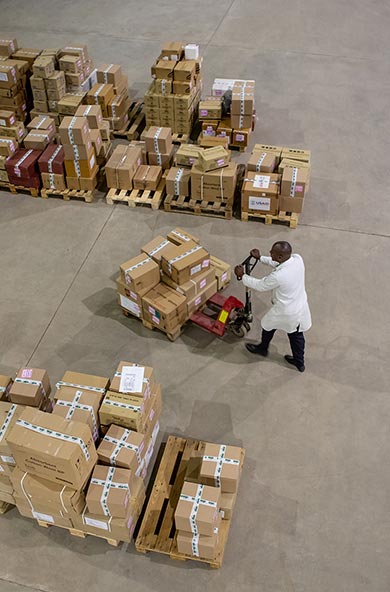User's Guide - Measuring Corruption and Anticorruption
English
DownloadUser's Guide - Measuring Corruption and Anticorruption
November 5, 2015
A Users’ Guide to Measuring Corruption and Anti-corruption was commissioned by the UNDP Global Anti-corruption Initiative (GAIN) and published in September 2015. It presents a series of methodologies, tools and practices that have been used and validated by the anti-corruption community over the last few years.
KEY POINT
There is no single formula or one-size-fits-all approach to unravel the complexity of capturing the progress and impact of anti-corruption programmes. Better knowledge is needed on how to make sense of measuring successes in the fight against corruption.
BIG IDEAS
· Rapid growth in the production and use of governance and anti-corruption indicators over the past two decades indicates that corruption and anti-corruption measurements are increasingly recognized as essential tools for analyzing trends and for monitoring anti-corruption efforts.
· Although vast amounts of resources are invested in curbing corruption, documenting and reporting achievements remains challenging.
· Limited evidence on the effectiveness of recently established anti-corruption programmes or national strategies may too quickly be mistaken for ineffectiveness or failure.
· Methods and tools to capture the incremental progress and impact of anti-corruption programmes are required.
RELEVANCE TO PUBLIC SERVICE
· The Guide intends to respond to the increasing demand from a wide range of stakeholders for updated guidance on measuring both corruption and its absence, specifically the phenomena of transparency, accountability, and integrity.
· It can be seen as a complement to the UNDP publication “Governance Indicators: A Users’ Guide,” compiled for the non-specialist user, which provides fundamental information about indicators, data, and data collection, as well as existing data sources.
· Because much of the regularly collected data on corruption and anti-corruption is concerned with government activities, this Guide has a strong focus on measuring the public sector and its relationship to civil society.
· The Guide is written for practitioners involved in anti-corruption work that seek alternatives to bare logic models and input/output indicators.

 Locations
Locations






















